1. Snow and Ice – Ancient Igloos
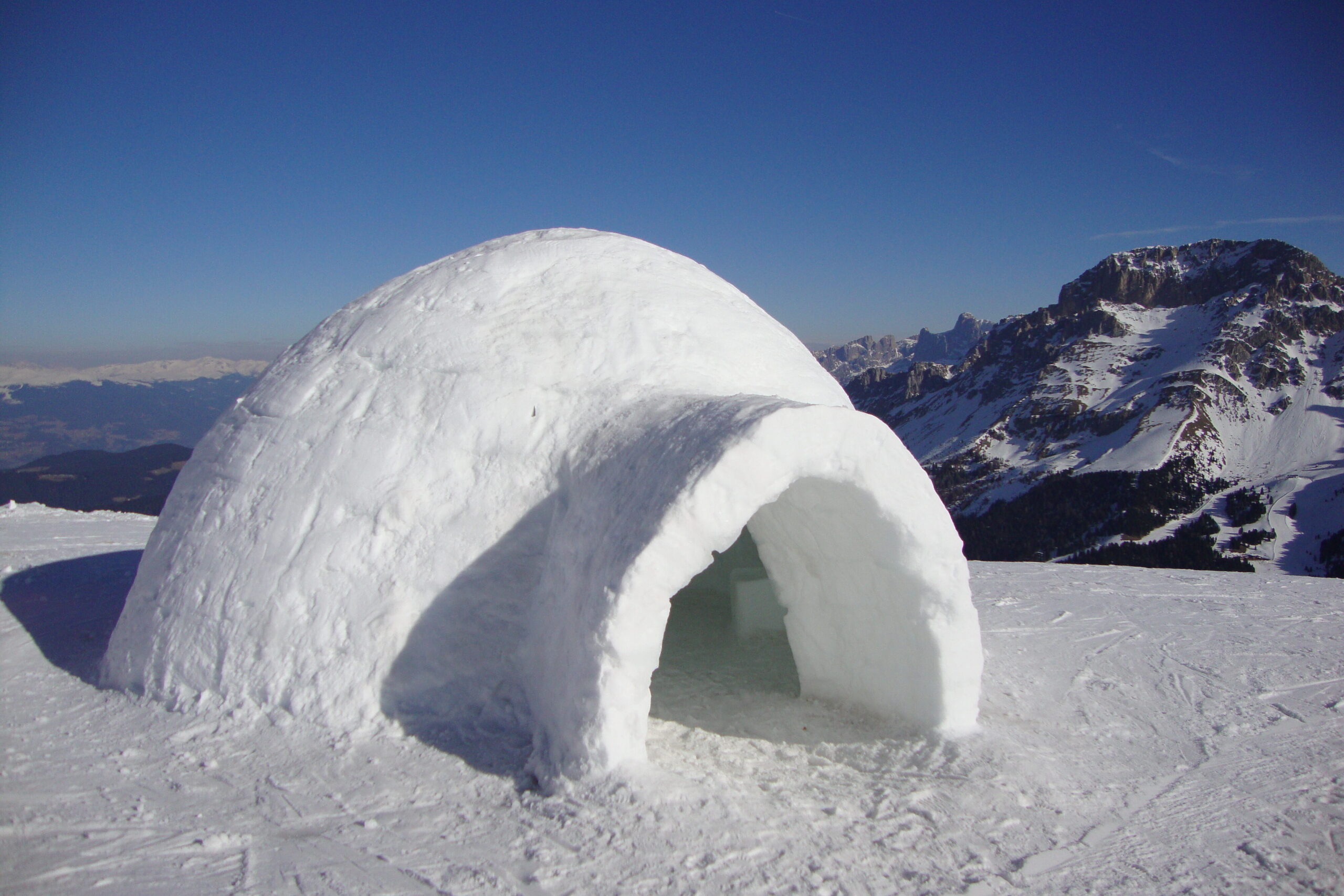
In the icy regions of the Arctic, indigenous peoples have long relied on snow and ice to build their homes. Igloos, most famously associated with the Inuit, were constructed using blocks of compacted snow, which provided excellent insulation against the freezing temperatures. Despite what many think, igloos aren’t just snow caves – they are carefully constructed to trap heat from the inside. The igloo’s structure allows for warmer temperatures inside, even in extreme cold, and a small oil lamp could provide enough heat for a small family.
The unique material of snow actually becomes stronger when compacted, creating a structure that can withstand harsh winter storms. While most people today associate igloos with temporary shelters, many native Arctic groups used them as permanent homes for part of the year. The ability of snow to insulate made it an incredibly practical and surprisingly warm building material, perfect for the unforgiving environment. In these areas, snow wasn’t just a cold nuisance; it was a versatile tool in shaping survival.
2. Mud – Ancient Adobe Homes
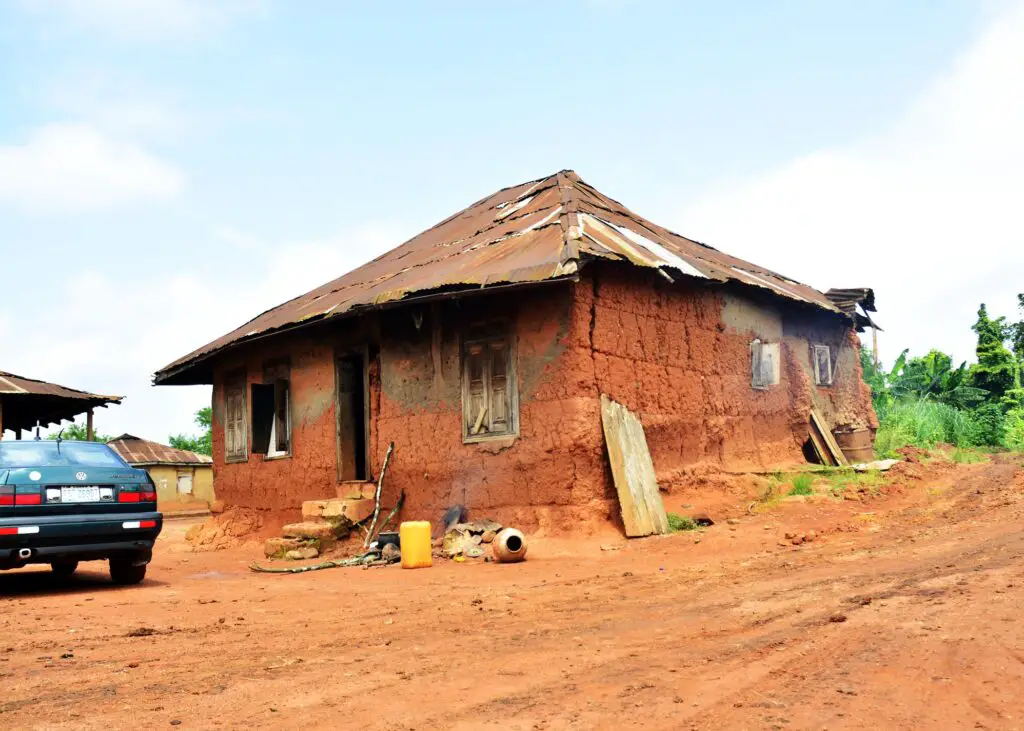
Mud has been one of the earliest materials used by humans for construction, with some of the oldest buildings in the world being made of adobe, a mixture of clay, water, and organic materials like straw. Adobe homes, which have been used for thousands of years across the globe, offer natural insulation and are perfect for areas with hot climates. These homes are constructed by drying mud bricks in the sun, creating solid and durable walls. The thick walls of adobe homes maintain cool temperatures inside during the day and retain warmth at night.
In the American Southwest, the Pueblo people mastered adobe construction, using it to build entire villages in the desert. Adobe was not only accessible but provided a sustainable solution to building in dry, arid regions. While mud may seem like a primitive material, it’s a natural and eco-friendly option that has stood the test of time. Adobe homes still remain popular in some parts of the world, even as modern construction materials dominate the market.
3. Thatch – Tropical Roofs
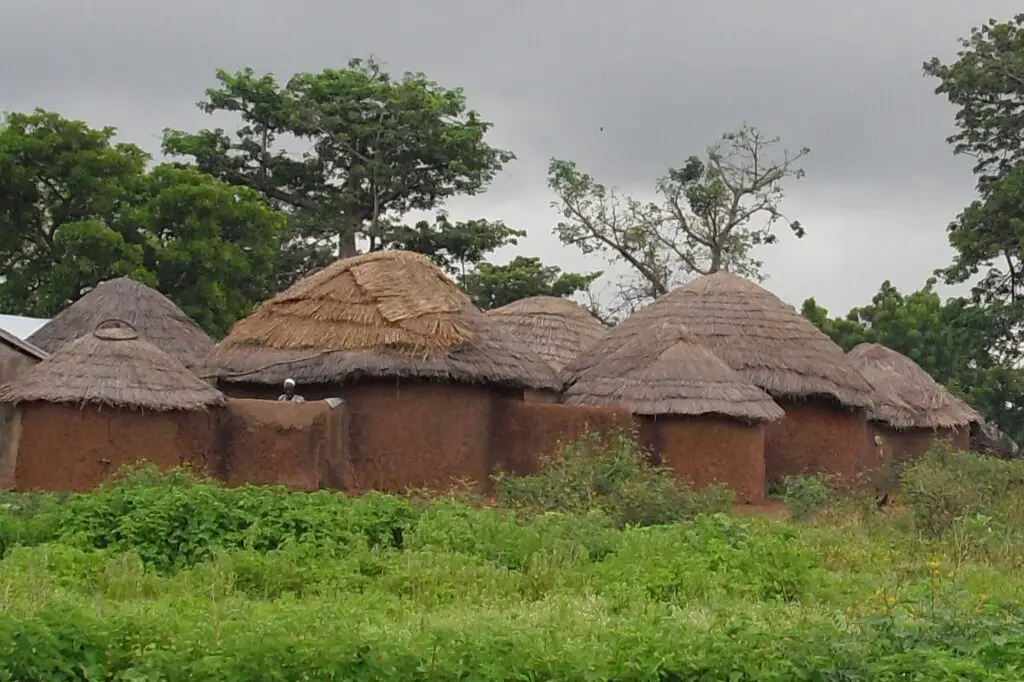
For centuries, thatch has been a go-to material for building roofs in tropical regions. Made from long grasses or palm leaves, thatch is lightweight, highly effective at keeping out rain, and provides natural ventilation. It’s a material that’s perfectly suited to hot, humid climates, where traditional materials would either overheat the inside of a house or rot away. Thatch roofs have been used in Southeast Asia, Africa, and the Caribbean, often seen as a symbol of rustic living and sustainability.
In addition to its functionality, thatch is an affordable material that can be easily harvested from the surrounding environment, making it especially useful in rural areas. While it requires maintenance every few years, thatch roofs are incredibly durable and often last longer than you might think. In many places, thatch has become synonymous with traditional homes and a slower, simpler way of life. Despite the rise of more modern roofing materials, thatch remains a hallmark of charming countryside cottages and tropical beach huts.
4. Cow Dung – Homes in Africa and India
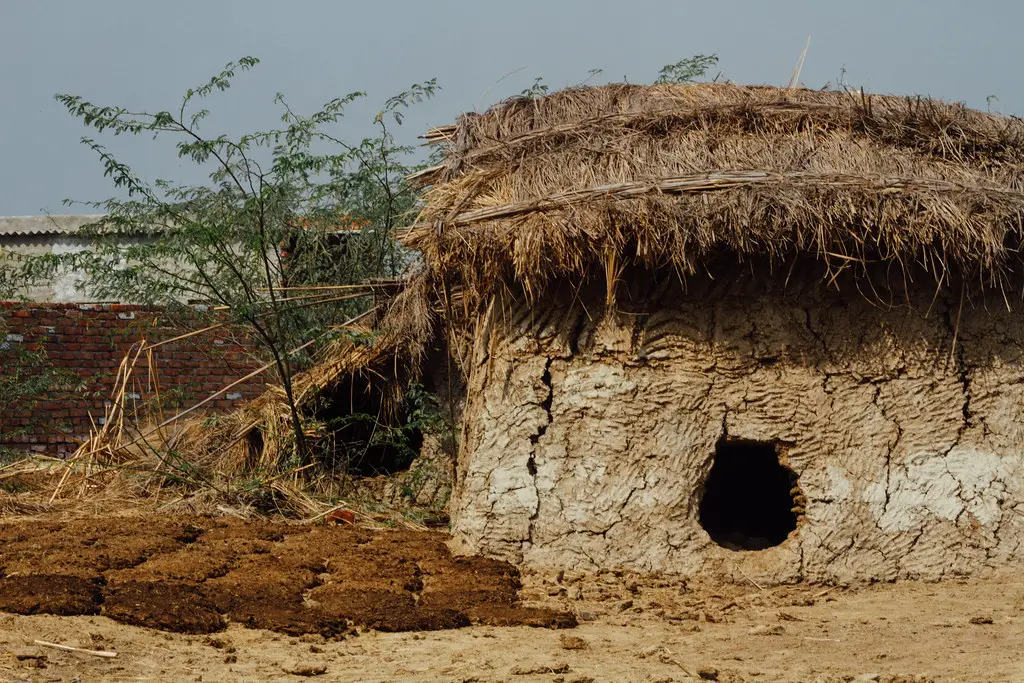
In rural parts of Africa and India, cow dung has been a vital building material for centuries. Combined with mud or straw, cow dung is used to build walls and floors, creating sturdy and highly insulated homes. This natural material is readily available in areas where cattle are abundant, and it offers a cost-effective and sustainable alternative to traditional construction methods. The dung’s fibrous nature makes it excellent for holding together mud and straw, and it’s also used to coat the floors, which helps regulate the temperature inside the home.
What’s more, cow dung has been found to have natural antibacterial properties, helping keep homes more hygienic. The use of cow dung in construction is not just a cultural tradition but a practical response to the environmental conditions of rural life. It’s a material that reflects the ingenuity of people who’ve long understood how to make the best of what’s available. Over time, this practice has helped communities in Africa and India create durable homes that blend seamlessly with their surroundings.
5. Bamboo – Eco-Friendly Construction in Asia
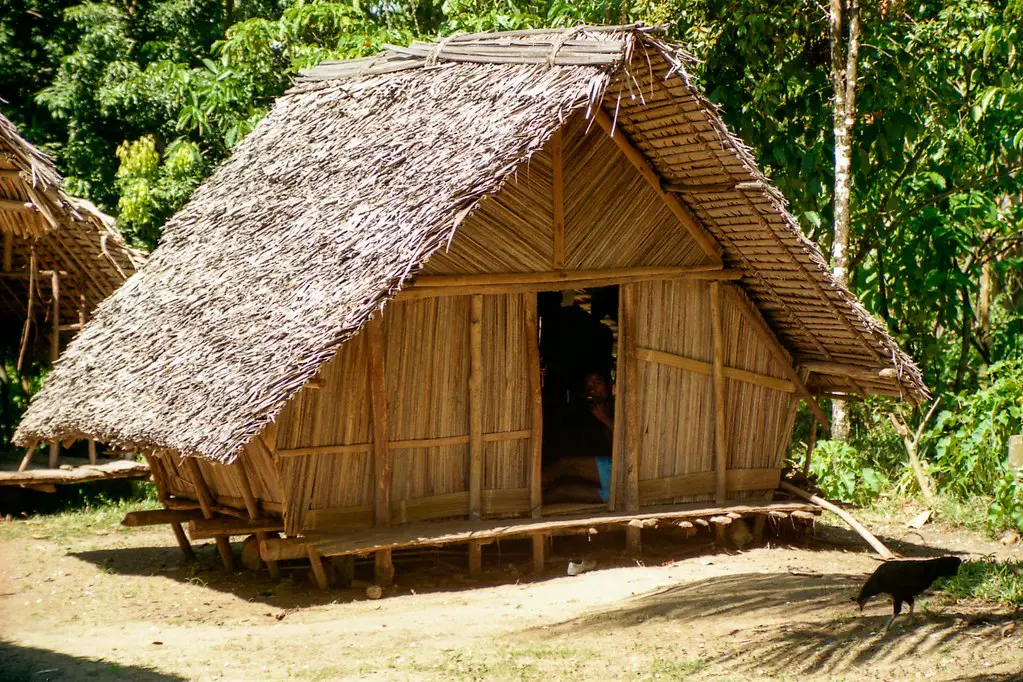
Bamboo has been a staple material in Asia for thousands of years, particularly in countries like China, Japan, and Indonesia. Known for its strength and flexibility, bamboo is an incredibly versatile building material used in everything from homes to scaffolding. Bamboo is fast-growing, making it an eco-friendly choice, and its unique structure allows it to bend without breaking, a feature that makes it perfect for areas prone to earthquakes or strong winds. It’s an ideal choice for building in areas where sustainability is key, as bamboo can be harvested without damaging the environment.
In many Asian cultures, bamboo is also seen as a symbol of strength and resilience, which makes it a preferred material for constructing homes. The plant’s hollow structure makes it lightweight, yet it can carry heavy loads, and its natural ability to regulate temperature makes it suitable for both hot and cool climates. While bamboo construction has experienced a resurgence in modern eco-building, it’s been an integral part of traditional architecture for centuries. The beauty of bamboo lies in its ability to blend the old with the new, offering a sustainable solution for contemporary housing.
6. Stone – Ancient Homes in Europe
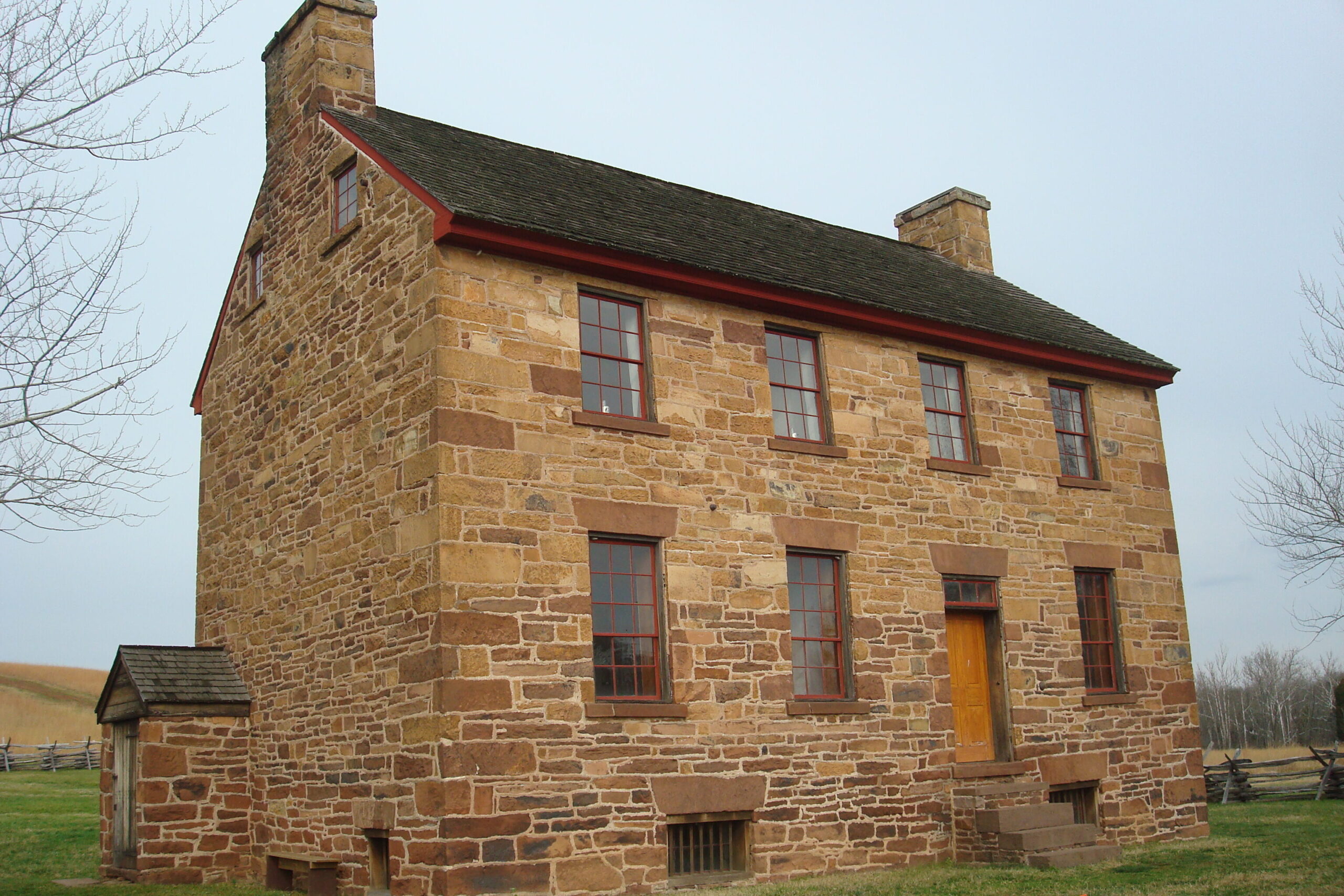
For thousands of years, stone has been one of the most durable materials used for building homes, especially in Europe. In regions like the Mediterranean and the British Isles, early humans used local stone to create fortified homes and villages. The sturdy nature of stone made it ideal for protecting inhabitants from both the elements and potential invaders. While constructing with stone is labor-intensive, the result is a structure that can last for centuries. In fact, many ancient stone homes are still standing today, often serving as reminders of the resilience of early communities.
Stone also provides excellent insulation, helping to keep homes warm in the winter and cool in the summer. Its strength and availability in many regions made it a logical choice for those looking for permanent, reliable shelter. In places like Scotland and Ireland, stone cottages have long been iconic symbols of rural life, often set against dramatic landscapes. Despite the rise of modern construction methods, stone continues to be admired for its timeless beauty and durability.
